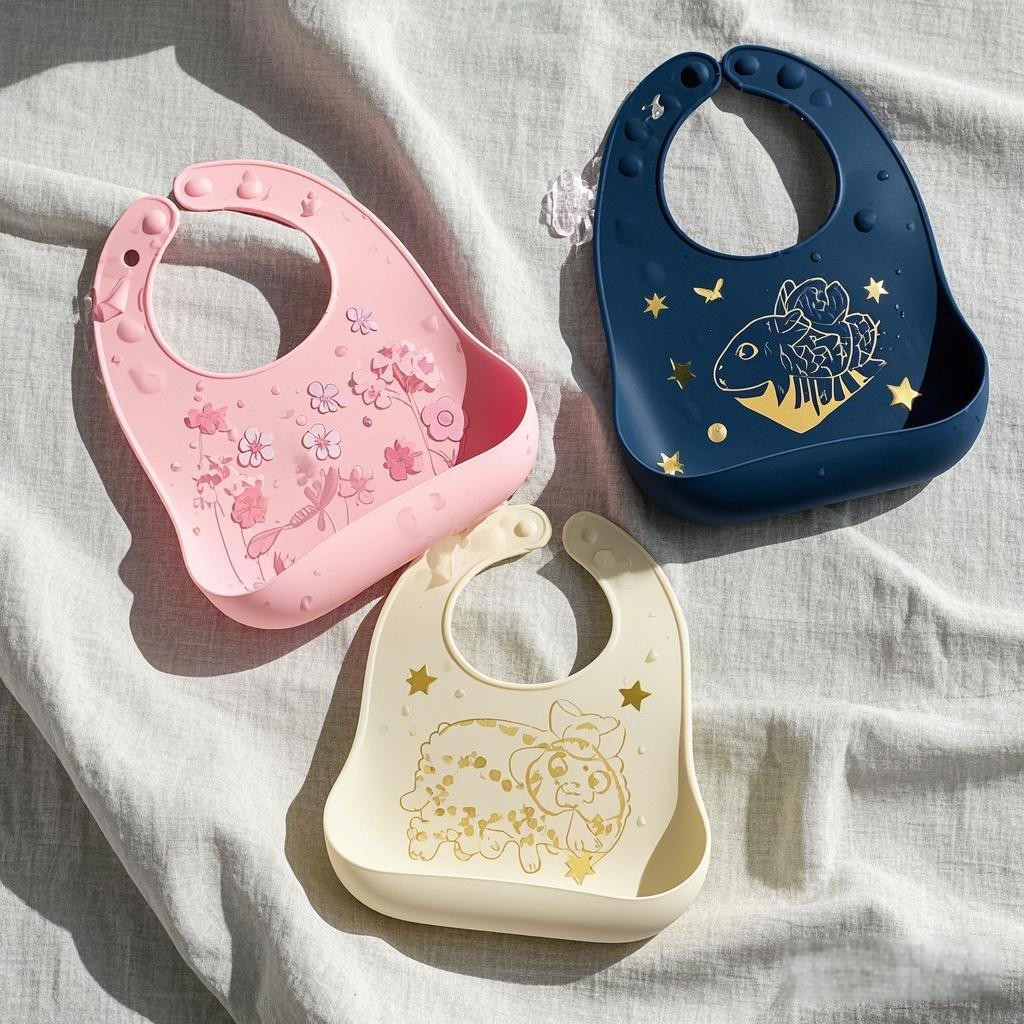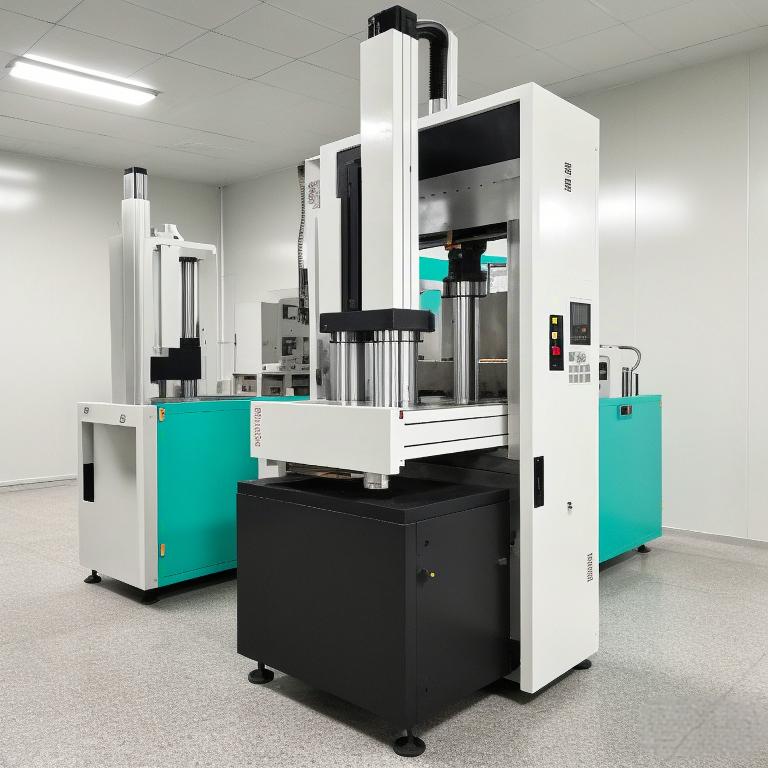Zawartość
Why Are Baby Bibs Essential for Every Household?
Baby bibs are more than just cute accessories—they’re practical tools for managing mealtime chaos, teething drool, and messy play. Whether you’re a parent, caregiver, or gift shopper, understanding the features of modern bibs for babies ensures you invest in products that balance style and functionality. From silicone baby bibs to waterproof designs, today’s options cater to diverse needs while simplifying cleanup.


Silicone vs. Traditional Bibs for Babies: Which Performs Better?
Silicone baby bibs have surged in popularity due to their durability and ease of cleaning. Unlike cloth bibs, silicone versions repel liquids, resist stains, and withstand repeated washing. Parents love how silicone bibs for baby feeding catch crumbs and spills without absorbing moisture, making them ideal for messy eaters. Waterproof baby bibs also excel during outdoor activities or travel, where quick-drying materials are a must.
Baby Girl Bibs & Baby Boy Bibs: Do Designs Really Matter?
While functionality is key, aesthetics play a role in consumer choices. Baby girl bibs often feature floral patterns, pastel hues, or whimsical motifs, while baby boy bibs may showcase bold colors, animals, or geometric shapes. However, unisex designs like neutral tones or playful characters (dinosaurs, stars) appeal to all families. Custom baby bibs take this further, allowing buyers to add names, dates, or unique artwork to create personalized baby bibs for special occasions.


Solving Common Challenges: Bibs for Baby Drooling and Feeding
Excessive drooling during teething or messy eating requires bibs designed for high-volume use. Silicone baby bibs for drooling often include deep pockets to catch saliva, while extended coverage protects clothing. For mealtimes, baby bibs for eating prioritize crumb-catching trays and adjustable necklines to accommodate growing infants. Look for lightweight, flexible silicone that won’t irritate sensitive skin.
The Anatomy of High-Performance Baby Bibs
What separates premium bibs from basic options? Key features include:
- Food-Grade Silicone: Safe for chewing and dishwasher-safe.
- Adjustable Snap Buttons: Ensure a snug yet comfortable fit.
- Deep Catch Pockets: Minimize spills on laps and floors.
- Waterproof Backing: Adds an extra layer of protection.
- Easy-Grip Utensil Holders: Some silicone bibs include slots for spoons.
Durability is critical for parents seeking long-term value, especially for bibs used multiple times daily.
Why Custom Baby Bibs Are Gaining Traction
Personalized baby bibs aren’t just for gifts—they’re a smart branding tool for daycares, baby stores, or event planners. Customizable options let businesses imprint logos, slogans, or themed patterns (e.g., holiday baby bib patterns) to stand out. Bulk orders of custom bibs for babies also appeal to parenting groups, hotels, or baby-focused subscription boxes seeking cohesive, branded merchandise.
Choosing the Right Bib for Baby: A Buyer’s Checklist
- Material Safety: Ensure silicone is BPA-free and certified non-toxic.
- Ease of Cleaning: Opt for dishwasher-safe or wipe-clean designs.
- Size Adjustability: Adjustable snaps accommodate infants to toddlers.
- Design Flexibility: Select patterns or customization options that align with your audience.
- Portability: Lightweight bibs with compact folds are perfect for diaper bags.
Beyond Feeding: Creative Uses for Baby Bibs
While baby bibs for eating are their primary use, parents repurpose them as:
- Teething Toys: Chill silicone bibs to soothe sore gums.
- Art Smocks: Protect clothes during messy crafts.
- Travel Essentials: Use waterproof bibs as makeshift placemats.
Final Thoughts: Investing in Quality Baby Bibs
Modern parents prioritize products that simplify their routines without compromising safety or style. Silicone baby bibs tick all boxes—durable, easy to clean, and adaptable to personalization. Whether you’re sourcing wholesale bibs for babies or exploring custom designs, focusing on quality materials and problem-solving features will resonate with today’s discerning buyers.
By addressing real-world needs—from drool management to spill containment—this guide helps parents and retailers alike make informed decisions about baby bibs that truly deliver.


